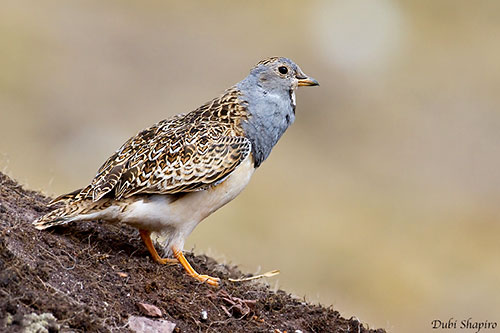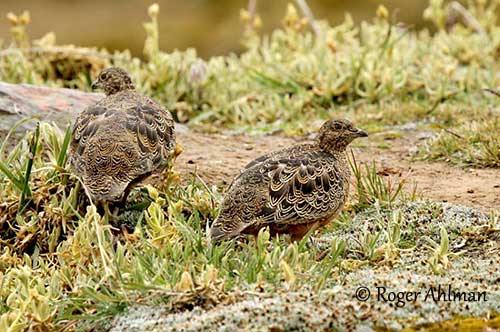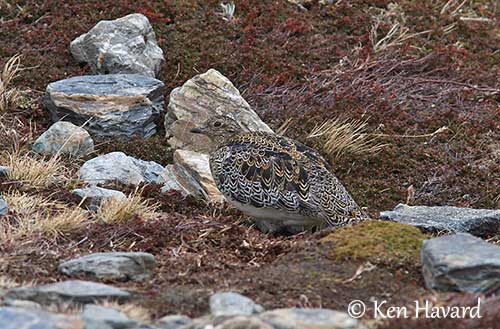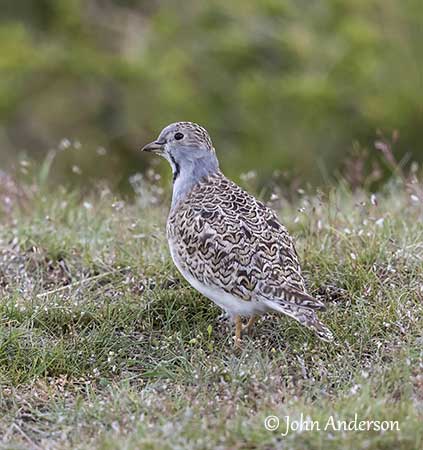
Text by Nicole Bouglouan
Photographers:
Roger Ahlman
Pbase Galleries Peru and Ecuador & My bird pictures on IBC
John Anderson
John Anderson Photo Galleries
Didier Buysse
Vision d’Oiseaux
Jean Michel Fenerole
Photos d’Oiseaux du monde
Ken Havard
My Bird Gallery & Flickr gallery 1 & Flickr gallery 2
Dubi Shapiro
Dubi Shapiro Photo Galleries & Dubi Shapiro Bird's images
Simon Tan
PBase Bird galleries
Sources:
HANDBOOK OF THE BIRDS OF THE WORLD Vol 3 by Josep del Hoyo-Andrew Elliott-Jordi Sargatal - Lynx Edicions - ISBN: 8487334202
SHOREBIRDS by Peter Hayman, John Marchant and Tony Prater – Christopher Helm – 1986 – ISBN: 0747014035
L’ENCYCLOPEDIE MONDIALE DES OISEAUX - Dr Christopher M. Perrins - BORDAS - ISBN: 2040185607
BIRDS OF PERU by Thomas S. Schulenberg, Douglas F. Stotz, Daniel F. Lane, John P. O’Neill, Theodore A. Parker III – Princeton University Press 2007– ISBN: 978-0-691-13023-1
CREAGUS@Monterey Bay (Don Roberson)
Wikipedia, the free encyclopaedia
Wikipedia, the free encyclopaedia
Wikipedia, la enciclopedia libre
FAMILY THINOCORIDAE
Seedsnipes
Within the order Charadriiformes, the Family Thinocoridae includes two genera (Attagis and Thinocorus) and four species endemic to the Neotropical region. They are found in the Andean and Patagonia regions of South America.
The seedsnipes are very different from most charadriiform bird species, both in overall appearance and shape. They show some aberrant characters such as a crop, a gizzard and a long intestinal caeca (pouch) that is probably the result of their vegetarian diet.

The seedsnipes closely resemble quails or grouses, but they have long, pointed wings and long, wedge-shaped tail. The head is small with a short-thick bill. The yellow legs are mostly short but the toes are strong, with the middle-toe long or longer than the tarsus.
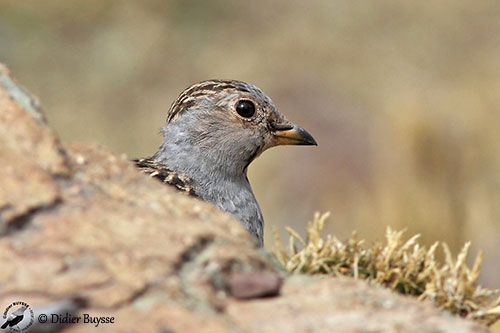
The four species have cryptically coloured upperparts and breast, mottled, speckled, scalloped with black, brown, rufous, buff and whitish. The underparts are usually white, except the Rufous-bellied Seedsnipe which is rufous below.
These peculiar morphological features show the mostly terrestrial habits of these birds that feed, roost and nest on the ground. But they are very good fliers too.
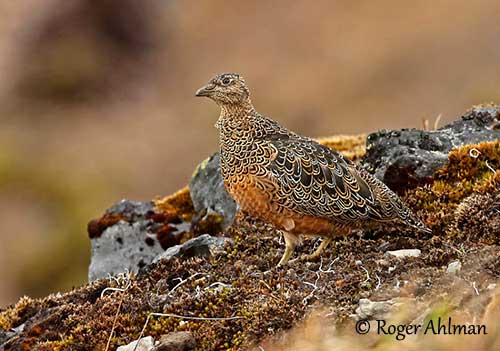
Both species of genus Thinocorus, and especially males, have grey face, neck and breast, with white chin and throat. This area is bordered with black in Least Seedsnipe.
The females are similar to males, except in genus Thinocorus in which they have cryptically coloured head, neck and breast, instead of grey.
The juveniles resemble adults, but they often have more mottled or scalloped pattern on the upperparts, making them slightly darker.
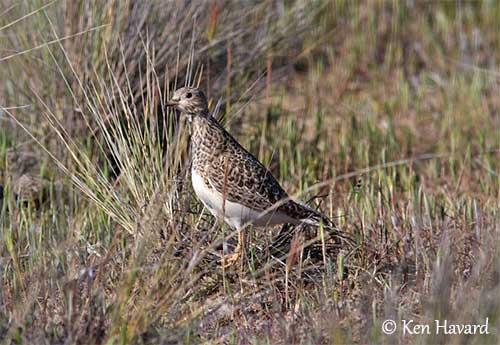
Female
The seedsnipes occur in some of the most inhospitable habitats within the range. They frequent grassland, semi-desert and alpine areas in Patagonia, in the Andean regions and along the coast of Peru.
They can be found at high elevations where they breed, but outside breeding season, they usually move to lower areas, especially during severe winters or heavy snow falls.
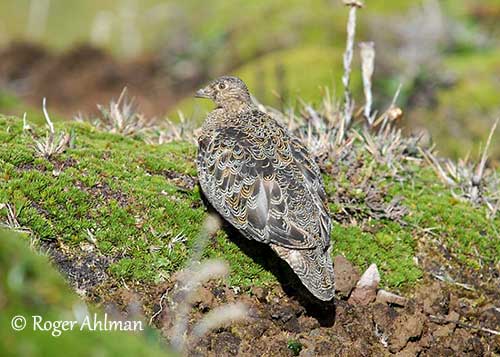
The diet often includes buds and leaf tips of herbs and succulent plants, and small green leaves. They feed by walking slowly with a low posture, and making rapid snapping movements. They bite off small pieces of plants that are swallowed whole. They also forage in areas with short vegetation such as low succulent plants or cushion-plants. In front of taller herbs, they stretch up to bite off the top of the grasses or low shrubs.
The leaves of succulent plants provide them water, as seedsnipes are not known to drink in the wild (but they may drink in captivity).
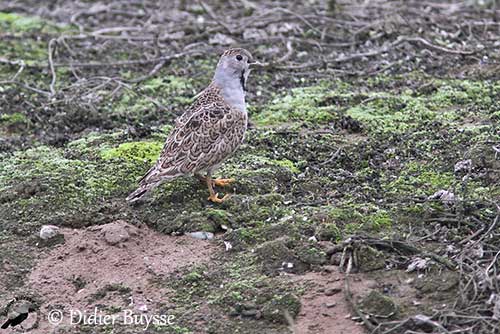
The seedsnipes are poorly known bird species. If disturbed, they freeze in a low, crouch posture, and their cryptic plumage makes them difficult to find. But they sometimes walk away with raised head and bobbing movements. When flushed, they take off with zigzag flight, but they may quickly drop to the ground again.
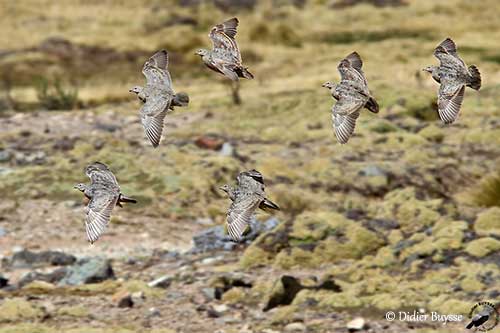
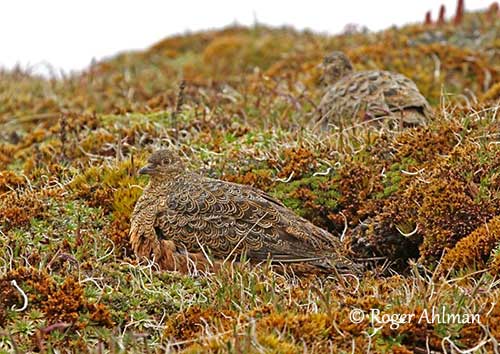
They usually roost on the ground in shallow scrapes, often in pairs or in small groups. Small flocks can be observed outside breeding season, feeding together on low vegetation around drying up lakes.
The territorial males usually remain near their look-out posts. If they hear the song of another male, they quickly reach their perch to respond.
They sing mainly at night, and at the beginning of the breeding season, the males perform aerial display throughout the night accompanied by songs. However, they are usually quiet during the day. When they sing during the day, the song is given from rock, thick bush or fence post. The birds also sing while flying in circles, but the aerial song flights are mainly performed at night.
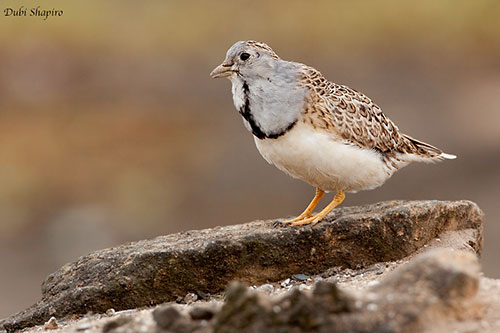
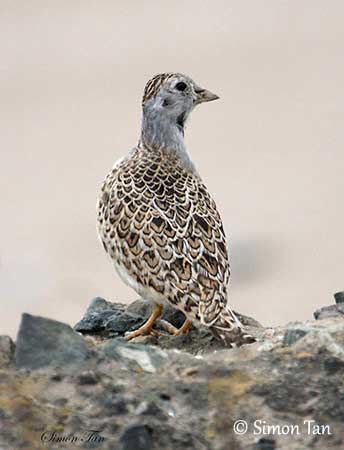
The song may differ slightly from one species to another, from the soft cooing of the Grey-breasted Seedsnipe through the less melodic and more variable song of the Least Seedsnipe to the rasping call notes of the Rufous-bellied Seedsnipe and the excited flight call of the White-bellied Seedsnipe.
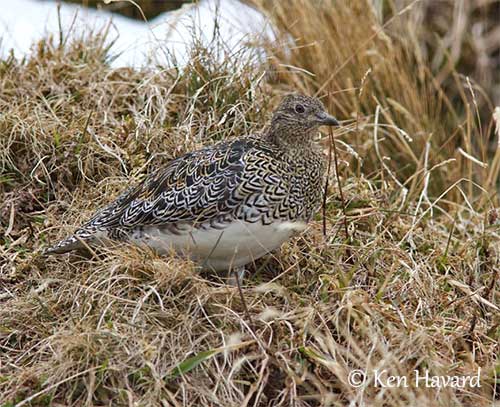
The breeding behaviour is poorly known. The seedsnipes are probably territorial and monogamous. Males often chase each other and fights may occur between them. These birds are usually seen in pairs or in small groups throughout the year, probably family groups.
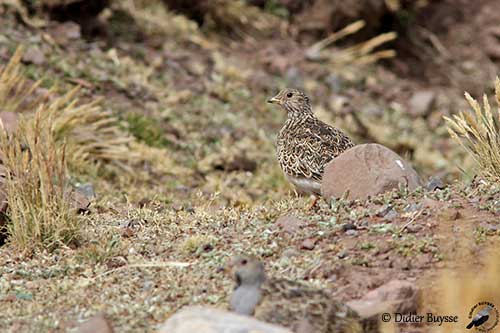
The males of genus Thinocorus sing for long periods from high posts, and the display flights may last for several hours during the night. By day, they perform wide circles in the air while singing. These flight displays often end in parachute-like fashion, with the bird landing on its usual perch.
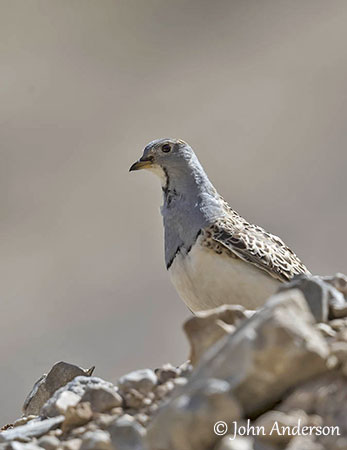
The breeding season may vary depending on the range, and adaptations could occur, related to climatic oscillations caused by El Niño involving changes in vegetation, and of course in feeding habits.
The seedsnipes nest on the ground, in a simple scrape lined with mosses and pieces of plants. The nest is often placed near a stone, a tussock grass or a dense, dwarf shrub.
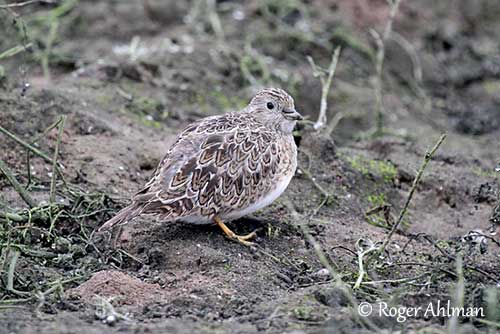
Female
The females generally lay three or four eggs cryptically coloured, pink to greenish-white or yellow-olive to olive-buff with darker markings, but the colours vary according to the species. The incubation is often by female, while the male perches near the nest and watches the surroundings. If alarmed, it gives a warning call and runs away with the female. However, the female covers the eggs with plant debris before to leave the nest, with rapid sideways kicks of the feet.
If the female is suddenly threatened at nest, she also may perform distraction displays such as “broken wing” or fluttering low over the ground.
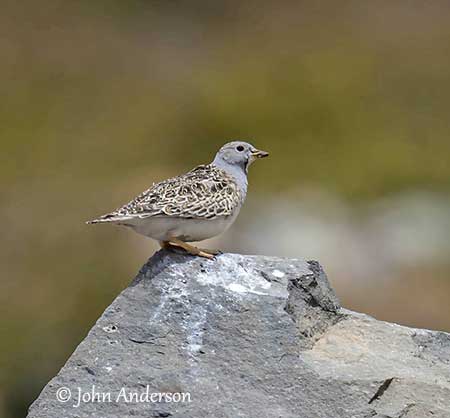
The incubation usually lasts about 26 days, but more studies are required. The chicks are highly precocial. They leave the nest as soon as they are dry after hatching, and both parents lead them away from the nest-site. They are able to feed themselves and can fly about seven weeks after hatching.
Depending on their range, the seedsnipes may perform some movement after breeding. Some of them leave their inhospitable habitats at the first snowfall and reach the lowland flats during these periods. There are some records of Least Seedsnipe and White-bellied Seedsnipe on the Falkland Islands.
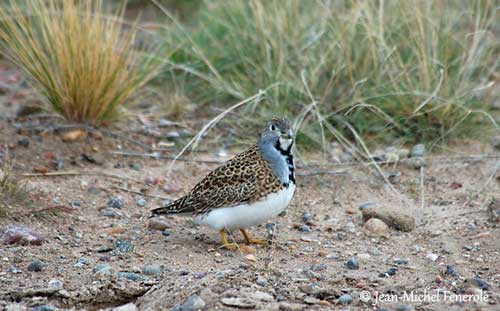
The Rufous-bellied Seedsnipe seems to be present near the glaciers at all seasons, but in pairs during the rainy season and in flocks in the dry season. In the puna zone of Bolivia and Peru, the Grey-breasted Seedsnipe is often found in low areas during the dry season, whereas during the rainy season, it is mostly found on high hills where cushion-plants and dense low vegetation are growing, sometimes up to 5,000 metres of elevation.
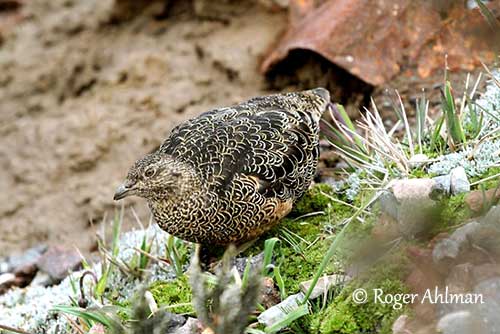
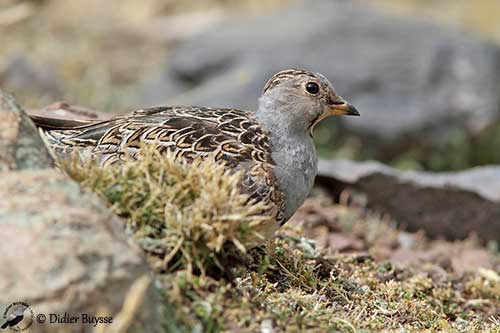
These species are often living in inhospitable habitats which protect them against disturbance and natural predation. Their populations are not estimated, but these birds are usually common within their habitats. The numbers are suspected to be stable, due to the remote areas in which they are living. All the four species are currently evaluated as Least Concern, and are not globally threatened.
